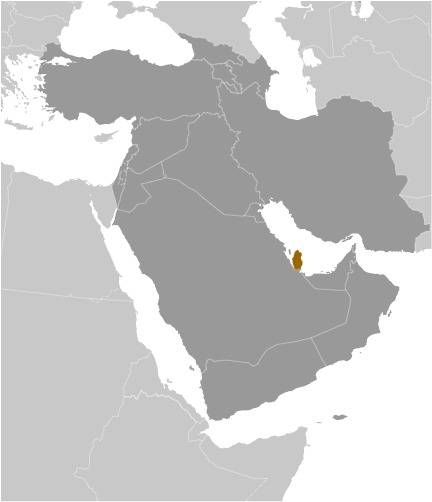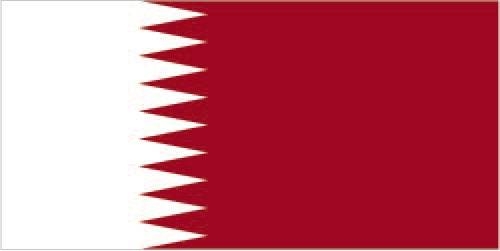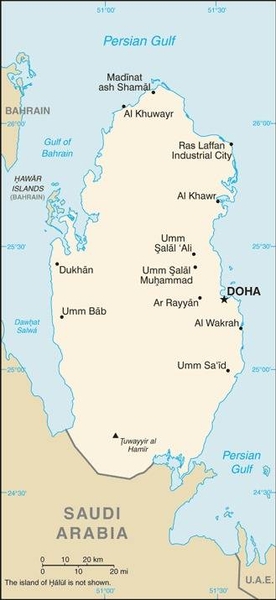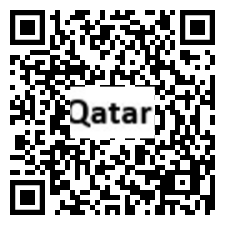Country Summary




Introduction
Background
Ruled by the Al Thani family since the mid-1800s, Qatar within the last 60 years transformed itself from a poor British protectorate noted mainly for pearling into an independent state with significant oil and natural gas revenues. Leadership changes in 1995 ushered in wide-sweeping political and media reforms, unprecedented economic investment, and a growing Qatari regional leadership role.
Geography
Area
total: 11,586 sq km
land: 11,586 sq km
water: 0 sq km
Climate
arid; mild, pleasant winters; very hot, humid summers
Natural resources
petroleum, fish, natural gas
People and Society
Population
2,508,182 (2022 est.)
Ethnic groups
non-Qatari 88.4%, Qatari 11.6% (2015 est.)
Languages
Arabic (official), English commonly used as a second language
Religions
Muslim 65.2%, Christian 13.7%, Hindu 15.9%, Buddhist 3.8%, folk religion <0.1%, Jewish <0.1%, other <1%, unaffiliated <1% (2020 est.)
Population growth rate
1.04% (2022 est.)
Government
Government type
absolute monarchy
Capital
name: Doha
Executive branch
chief of state: Amir TAMIM bin Hamad Al Thani (since 25 June 2013)
head of government: Prime Minister and Minister of Interior Sheikh KHALID bin Khalifa bin Abdul Aziz Al Thani (since 28 January 2020); Deputy Prime Minister and Minister of State for Defense Affairs KHALID bin Mohamed AL Attiyah (since 14 November 2017); Deputy Prime Minister and Minister of Foreign Affairs MOHAMED bin Abdulrahman Al Thani (since 14 November 2017)
Legislative branch
description: unicameral Advisory Council or Majlis al-Shura (45 seats; 30 members directly elected by popular vote for 4-year re-electable terms; 15 members appointed by the monarch to serve until resignation or until relieved; note - legislative drafting authority rests with the Council of Ministers and is reviewed by the Advisory Council
Economy
Economic overview
high-income, oil-and-gas-based Middle Eastern economy; better regional integration after 2021 terrorism resolution; infrastructure investments ahead of 2022 World Cup; Islamic finance leader; citizenship-based labor force growth
Real GDP (purchasing power parity)
$245.66 billion (2020 est.)
Real GDP per capita
$85,300 (2020 est.)
Agricultural products
tomatoes, dates, camel milk, sheep milk, goat milk, pumpkins/gourds, mutton, poultry, milk, eggplants
Industries
liquefied natural gas, crude oil production and refining, ammonia, fertilizer, petrochemicals, steel reinforcing bars, cement, commercial ship repair
Exports
$70.93 billion (2020 est.)
Exports - partners
Japan 17%, South Korea 16%, India 14%, China 13%, Singapore 7% (2019)
Exports - commodities
natural gas, crude petroleum, refined petroleum, ethylene polymers, fertilizers (2019)
Imports
$59.06 billion (2020 est.)
Imports - partners
United States 15%, France 13%, United Kingdom 9%, China 9%, Germany 5%, Italy 5% (2019)
Imports - commodities
aircraft, gas turbines, cars, jewelry, iron piping (2019)
Exchange rates
Qatari rials (QAR) per US dollar -
Page last updated: Saturday, July 30, 2022
